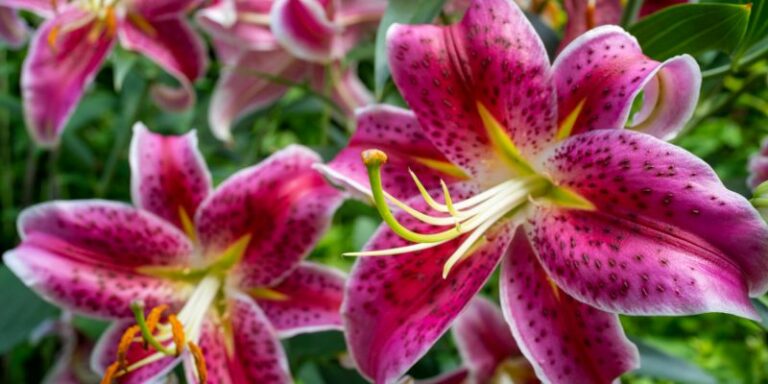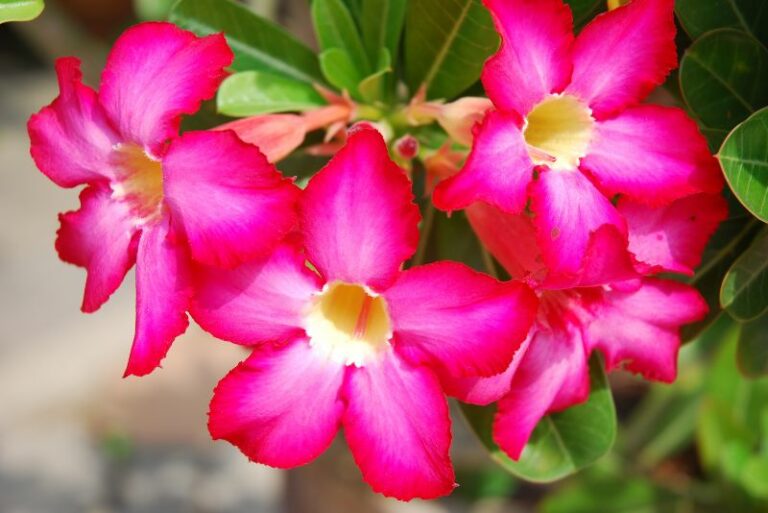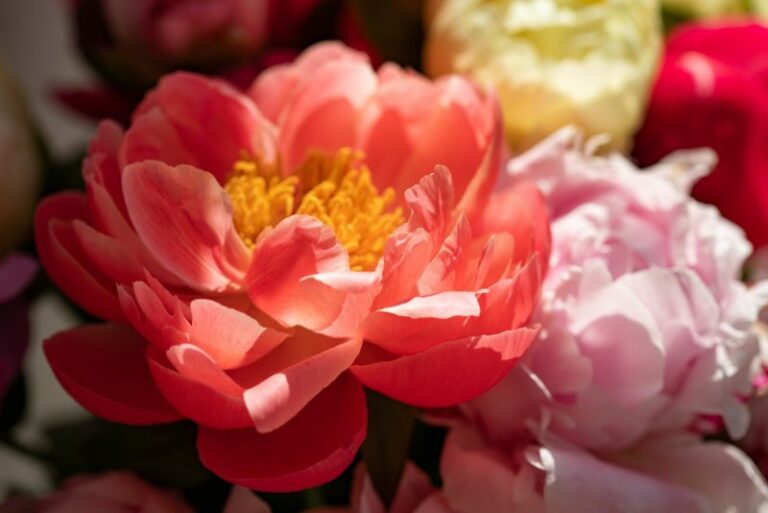How To Care For Mums In Spring?
Spring is a season of rejuvenation and renewal, and what better way to welcome its cheerful vibes into your life than by tending to a garden full of vibrant chrysanthemums, or mums? These resilient and colorful flowers are a favorite among gardening enthusiasts, home decor lovers, and anyone else who enjoys the simple pleasure of nature’s beauty. However, growing mums is an art, especially if you want them to prosper throughout the growing season and into the fall. In this comprehensive guide, we’ll explore the essential steps to ensuring your mums thrive in spring, transforming your garden into a tapestry of vivid hues. If you’re looking to master the care of these beloved blooms, keep reading for expert tips and strategies.
Choosing the Right Location

Sunlight and drainage are crucial factors in determining the health and vigor of your mums. These flowers typically require full sun to thrive, which means selecting a location that receives at least 6 hours of direct sunlight each day. Ensure that the area is not shadowed by larger plants or structures that may impede the mums’ light access. In contrast, too much shade can lead to leggy growth and fewer blooms.
The second critical factor is drainage. Mums do not tolerate standing water well. They prefer a slightly dry soil over one that’s too wet. To check the drainage of an area, dig a hole about 12 inches deep, fill it with water, and monitor how quickly the water is absorbed. If it takes more than a few hours to drain away, the area may not be suitable for mums, and you’ll need to consider raised beds or amending the soil.
Soil Preparation and Planting
Mums are not particularly picky about soil type as long as it’s well-draining. They will grow in clay, loam, or sandy soils. However, their preferred pH level is neutral to slightly alkaline, around 6.5 to 7.0. You can test your soil’s pH using a home-testing kit to determine if you need to add lime to increase alkalinity or sulfur to increase acidity.
When it comes to spacing, mums should be planted 18 to 24 inches apart, assuring enough room for good air circulation and future growth. Dig holes twice as wide as the mums’ current containers and mix in some organic matter like compost or peat moss. Ensure the crown, at the base of the stems, is at soil level but not buried as this invites rot.
The best time to plant mums in spring is after the last frost. This allows them to establish strong roots before the heat of summer or the cold of winter sets in.
Watering and Feeding
Mums need about an inch of water per week, either from rainfall or direct watering. The frequency at which they will need water depends on your local climate and soil conditions. An easy way to determine if your mums need watering is to stick your finger into the soil. If the top two inches are dry, it’s time to water.
Fertilize your mums in early spring with a balanced, slow-release fertilizer. This will encourage healthy growth and an abundance of flowers. You can feed them again in mid-summer, but avoid fertilizing too late in the season as this can cause the plants to continue growing rather than enter dormancy for the winter.
Pruning and Deadheading
To maintain the shape and encourage a bushy growth habit, it’s important to pinch back the stems of your mums in spring. This should be done when the new growth is about 6 inches tall. Simply use your fingers or pruning shears to remove the top inch or two of each stem.
Deadheading, or the removal of faded flowers, is essential to keep the plant looking neat and to promote the production of new blooms. Additionally, cutting back mums by half in mid-June will result in a more compact plant with sturdier, but slightly delayed, fall blooms.
Pest and Disease Management
Mums are generally hardy plants but can fall victim to several pests and diseases, particularly when neglected. Among the common nuisances are aphids, spider mites, and powdery mildew.
Aphids and spider mites can be managed with a strong blast of water to dislodge them from the plant. For more severe infestations, insecticidal soaps or neem oil sprays can be effective with repeated applications.
Powdery mildew, a fungal disease, can be prevented by ensuring good air circulation around the plants. If the disease appears, remove any affected parts of the plant and treat with a fungicide following the product’s instructions carefully.
Overwintering Tips
To prepare your mums for the colder months, it’s imperative to cut back the dead foliage after the first hard frost. This should be done after the first killing frost, but before the ground freezes. Mulch the base of the plants with a 4 to 6-inch layer of straw or pine bark to protect them during the winter. Be sure to remove this mulch in early spring to allow for new growth.
For the areas with harsh winters, you might consider re-planting the perennial mums each spring. Pot up the mums in late summer or early fall and bring them indoors to overwinter where it’s warmer. Keep the potted mums in a cool location that hovers around 55°F and receives indirect sunlight. Water the plants just enough to keep the soil from drying out.
Conclusion
Caring for mums in spring is an investment in both time and appreciation for the beauty they bring. By choosing the right location, preparing the soil, watering and feeding properly, and engaging in regular maintenance, you’ll set the stage for a spectacular mum display come autumn. Remember that plants are sensitive to the method of their care, even down to how they are pruned. Following these detailed guidelines will ensure that you nurture your mums into hardy, prolific blooming plants. With just a little bit of know-how and effort, you can create a garden that’s the envy of the neighborhood, a haven of color, and a source of joy for all who visit.
For more information on seasonal planting, gardening for beginners, and other horticultural insights, stay tuned to our blog for regular updates. If you find this content valuable, share it with fellow green thumbs and springtime DIYers. Happy gardening!






